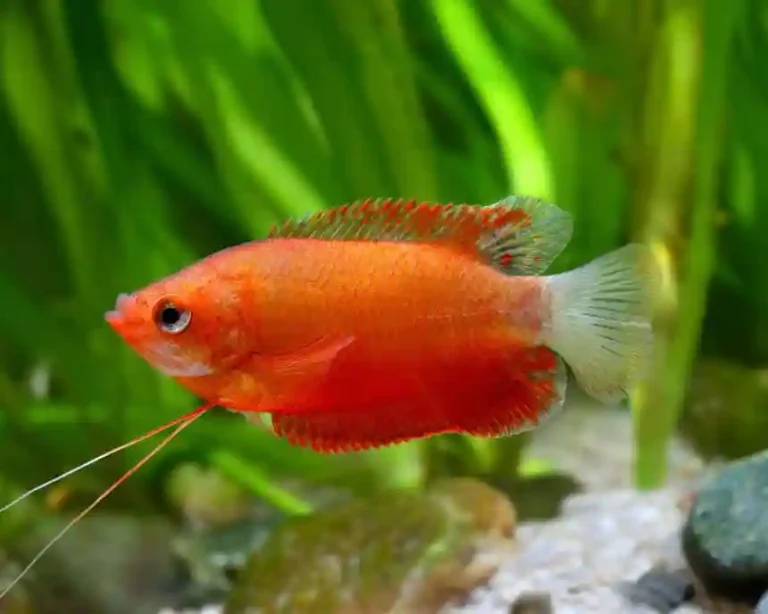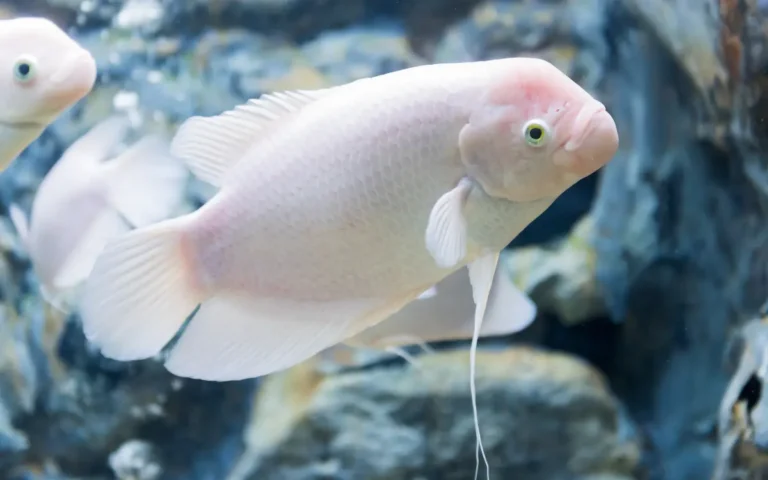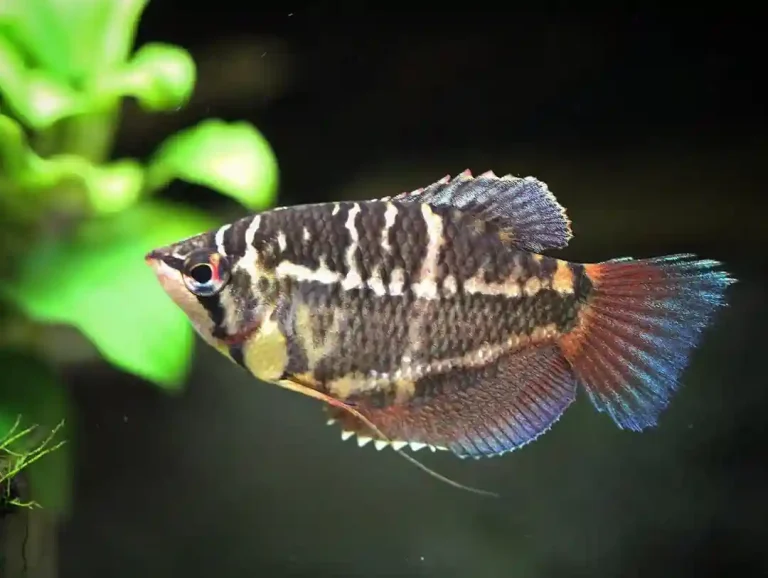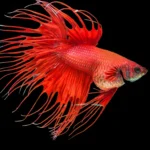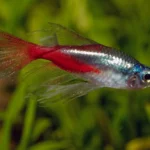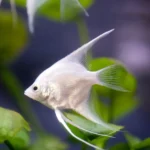Blennies are a diverse group of fish found in marine and brackish waters. They are known for their small, elongated bodies, curious personalities, and unique behaviors. Below is a list of different types of blennies you can include in your article.
Lawnmower Blenny (Salarias fasciatus)
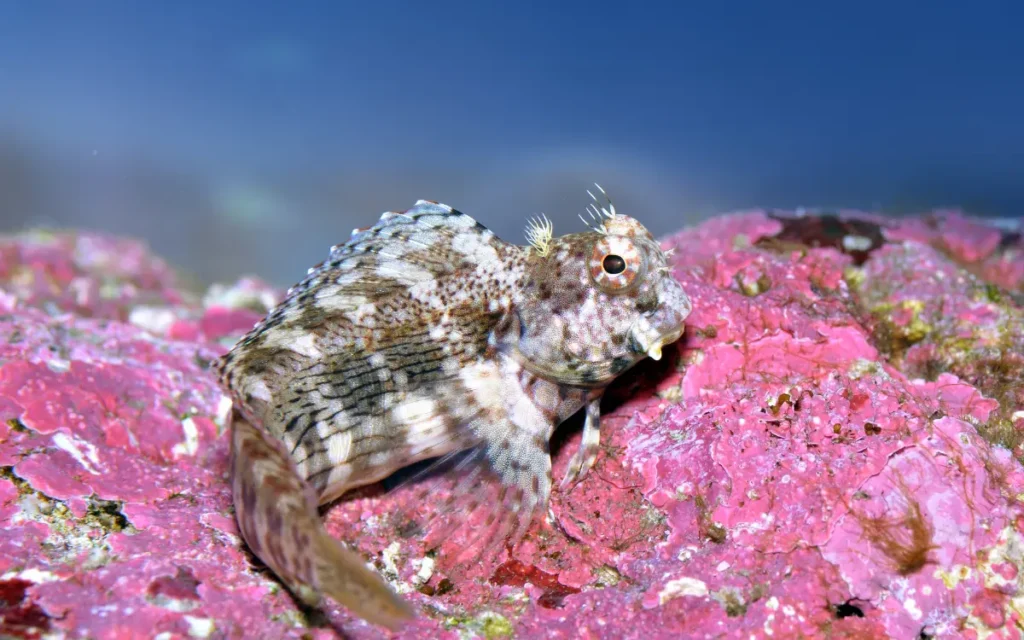
The Lawnmower Blenny is a popular saltwater fish known for its excellent algae-eating abilities. It has a mottled brown and green body that helps it blend into its surroundings. Growing up to 5 inches, it needs at least a 30-gallon tank with plenty of live rock and algae to graze on.
This blenny is an herbivore, constantly feeding on algae-covered surfaces. It may refuse prepared foods, so a well-established tank with natural algae is ideal. While generally peaceful, it can be territorial toward similar-looking fish.
Fun Fact: The Lawnmower Blenny gets its name because it “mows down” algae, keeping tanks clean!
Bicolor Blenny (Ecsenius bicolor)

The Bicolor Blenny is a small, vibrant saltwater fish known for its two-toned body, with the front half being deep blue or purple and the back half bright orange or yellow. It grows up to 4 inches and thrives in a 30-gallon tank with live rock for hiding and grazing.
This blenny is an omnivore, primarily feeding on algae but also accepting prepared foods like pellets and frozen brine shrimp. It is peaceful but may become territorial toward other blennies or similar bottom-dwelling fish.
Fun Fact: The Bicolor Blenny is known for its comical personality, often perching on rocks and observing its surroundings like a curious watchdog!
Tailspot Blenny (Ecsenius stigmatura)

The Tailspot Blenny is a small, peaceful fish recognized by the dark spot near its tail. Its slender body is light brown with faint stripes, making it a subtle but attractive addition to nano reef tanks. It grows up to 2.5 inches and does well in tanks as small as 20 gallons.
It primarily feeds on algae, making it a great addition to tanks with natural growth. It also accepts prepared foods like pellets and frozen mysis shrimp. Tailspot Blennies are gentle and shy, making them ideal for community tanks.
Fun Fact: Unlike some blennies, the Tailspot Blenny is very social and active, often darting in and out of rock crevices.
Midas Blenny (Ecsenius midas)
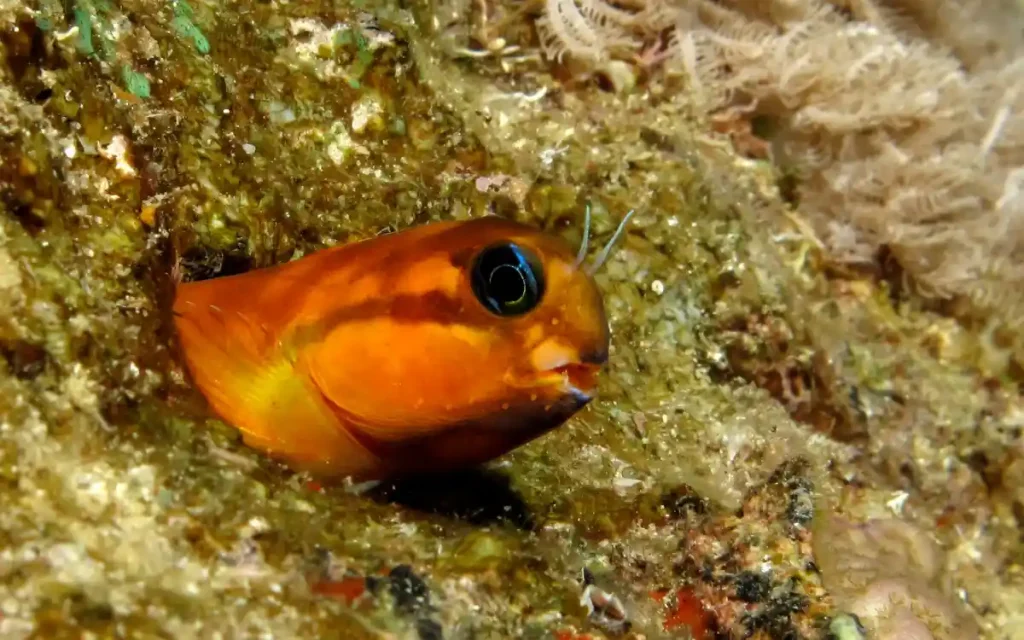
The Midas Blenny is named for its vibrant golden-yellow color, making it one of the most eye-catching blennies in the hobby. It can grow up to 6 inches and requires a 30-gallon tank with plenty of rockwork.
Unlike many blennies, it is an active swimmer, often moving through open water rather than staying at the bottom. It is an omnivore, eating algae as well as frozen and pellet foods. Though mostly peaceful, it may become territorial if space is limited.
Fun Fact: The Midas Blenny can change colors slightly, turning darker when stressed or trying to blend into its surroundings!
Starry Blenny (Salarias ramosus)
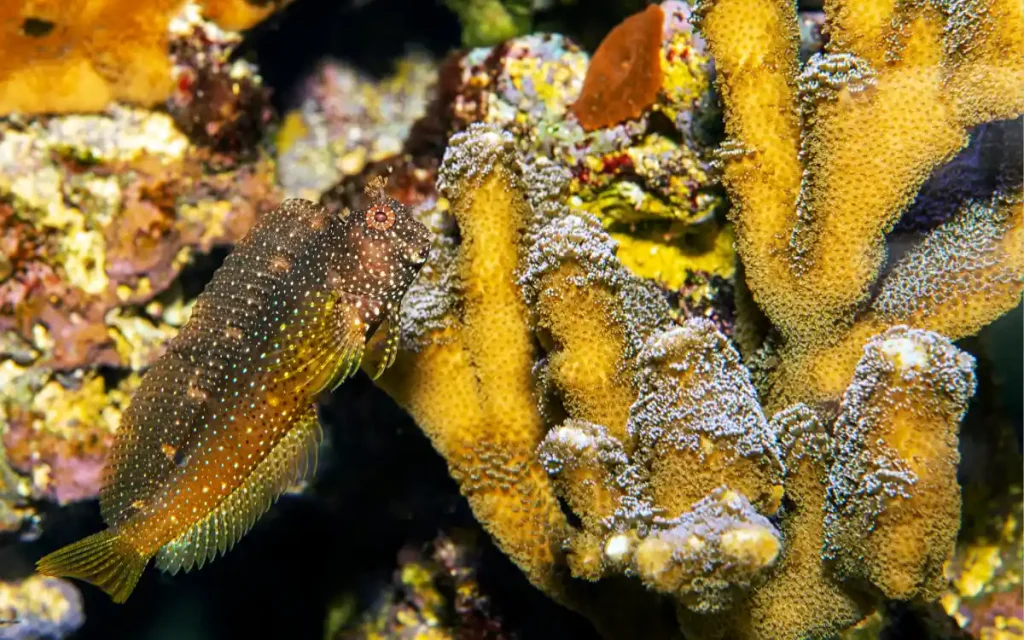
The Starry Blenny is a master of camouflage, featuring a dark brown body covered in white speckles resembling stars. This algae-eating fish grows up to 5 inches and thrives in a 30-gallon tank with live rock.
It constantly grazes on algae and should be provided with a steady natural food source. While generally peaceful, it can be territorial if housed with similar-looking fish. It is best kept alone or with different types of reef-safe fish.
Fun Fact: The Starry Blenny has frilly appendages above its eyes, giving it a quirky and expressive look!
Redlip Blenny (Ophioblennius atlanticus)
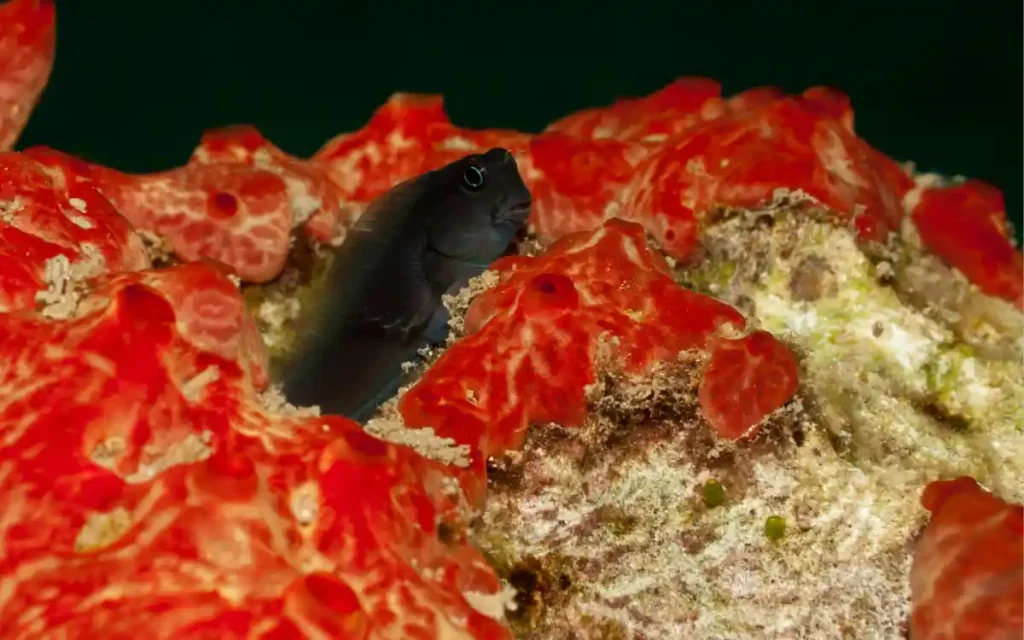
The Redlip Blenny is known for its bright red lips and bold personality. It has a long, slender body with a mix of brown and yellow coloration. Reaching up to 7 inches, it requires a 50-gallon tank with plenty of space to roam.
This species is highly active and feeds on algae, detritus, and small invertebrates. It can be semi-aggressive, especially toward smaller or similarly shaped fish. It does best in larger tanks with enough territory to claim.
Fun Fact: The Redlip Blenny is found in shallow waters with strong currents, making it more energetic than other blenny species!
Horned Blenny (Parablennius cornutus)

The Horned Blenny gets its name from the small, horn-like appendages above its eyes, giving it a unique and playful appearance. It has a mottled brown body with subtle striping, helping it blend into rocky environments. Growing up to 5 inches, it requires a 30-gallon tank with plenty of hiding spots.
This species is an omnivore, feeding on algae, detritus, and small invertebrates. It is generally peaceful but can be territorial if housed with other bottom-dwelling fish. A well-established reef tank with live rock is ideal.
Fun Fact: The Horned Blenny uses its head “horns” to communicate and display dominance among other blennies!
Diamond Blenny (Malacoctenus boehlkei)
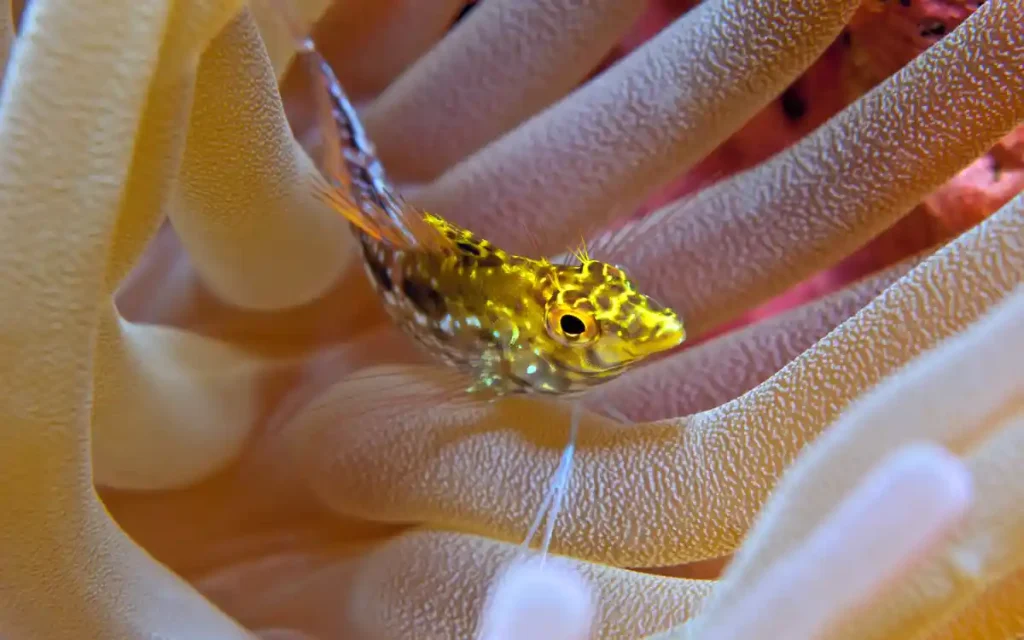
The Diamond Blenny is a small, reef-safe species known for its elongated body and diamond-like patterns along its sides. It has a mix of brown, yellow, and white colors that allow it to blend into its surroundings. It grows up to 4 inches and thrives in a 20-gallon tank or larger.
This blenny is an omnivore, eating algae, plankton, and small crustaceans. It is peaceful and does well in community reef tanks, making it a great choice for beginner marine keepers.
Fun Fact: The Diamond Blenny is highly territorial towards its own species but completely peaceful with other fish!
Threefin Blenny (Family Tripterygiidae)
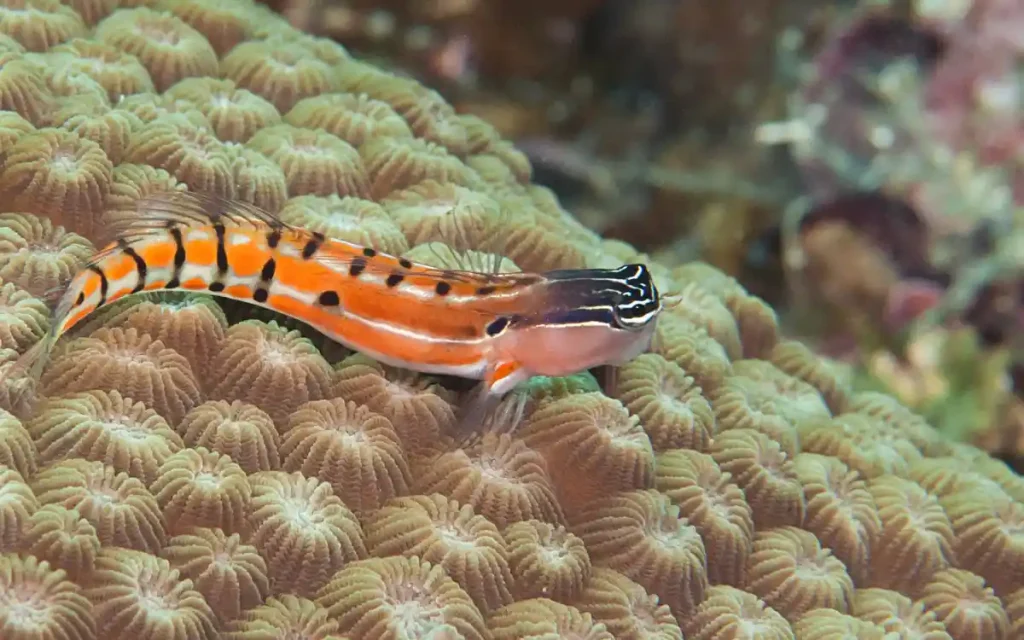
The Threefin Blenny is named for its three distinct dorsal fins, setting it apart from other blennies. It is usually small, around 2-3 inches, and comes in a variety of colors depending on the species.
These blennies are found in shallow rocky reefs and are active hunters, feeding on small crustaceans and invertebrates. While not commonly kept in aquariums, some species can adapt to cold-water marine tanks.
Fun Fact: Male Threefin Blennies become brighter in color during breeding season to attract females!
Labrisomid Blenny (Family Labrisomidae)

Labrisomid Blennies are colorful, spiky-finned blennies that prefer rocky coastlines and coral reefs. They vary in size but typically reach 4-6 inches. Some species are brightly colored, featuring reds, greens, and yellows.
These blennies are carnivorous, feeding on small crustaceans and invertebrates. While some species are kept in aquariums, they are less common than other blennies due to their specific habitat needs.
Fun Fact: Unlike most blennies, Labrisomids are ambush predators, hiding in rocks and darting out to catch prey!
Combtooth Blenny (Family Blenniidae)

The Combtooth Blenny family includes over 400 species, many of which are reef-safe and excellent algae grazers. These blennies have comb-like teeth, which help them scrape algae off rocks.
Most species grow between 3-6 inches and prefer rocky reef tanks with plenty of hiding spots. They are peaceful herbivores, making them great tank mates for reef aquariums.
Fun Fact: Some Combtooth Blennies can change color slightly to match their surroundings, helping them avoid predators!
Chaenopsid Blenny (Pike Blennies, Family Chaenopsidae)
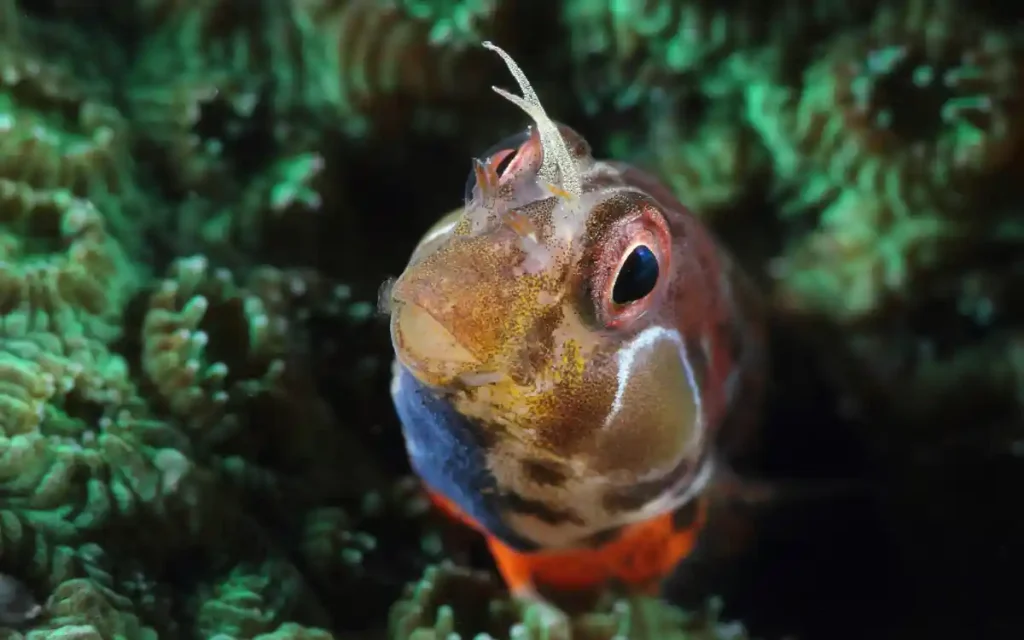
The Chaenopsid Blenny, also known as the Pike Blenny, is a long, slender fish with an eel-like body. Unlike most blennies, it has no scales and prefers to burrow into sandy or rocky crevices. It grows up to 5-7 inches and requires a 30-gallon tank with plenty of hiding spots.
This blenny is carnivorous, feeding on small crustaceans and plankton. It is generally peaceful but may display territorial behavior if it feels threatened. Due to its burrowing nature, it does best in fine sand or rubble-based aquariums.
Fun Fact: Male Pike Blennies perform dramatic fin displays to attract females during mating season!
Clinid Blenny (Family Clinidae)
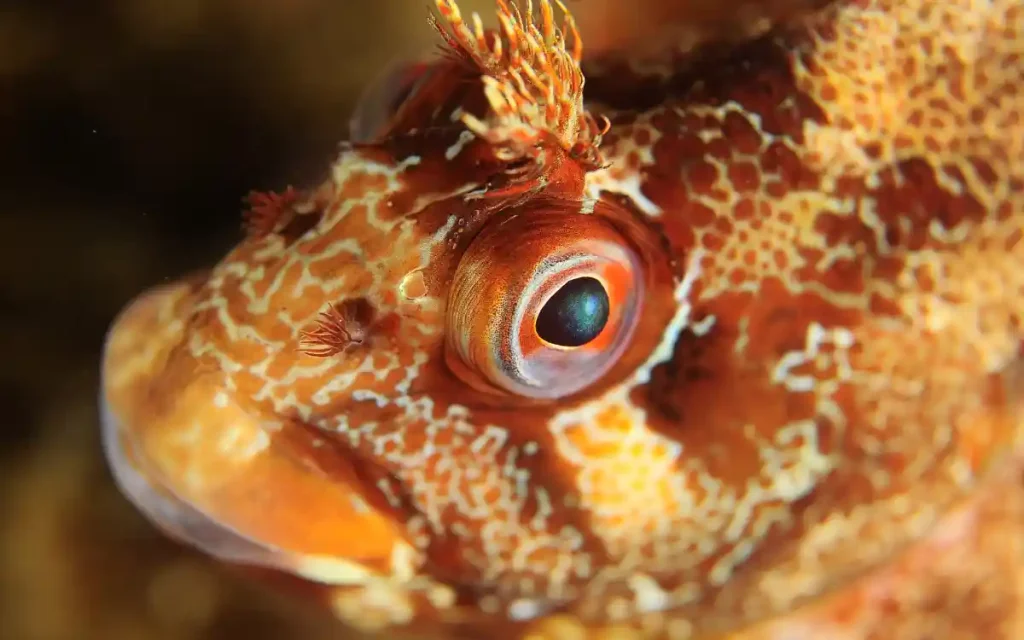
The Clinid Blenny is found in temperate and cold-water environments, making it different from typical tropical reef blennies. It has an elongated body with bold patterns that help it camouflage among seaweed and rocks. Most species grow between 4-10 inches.
Clinid Blennies are carnivores, preying on small crustaceans and fish. They are not commonly kept in home aquariums due to their cold-water requirements and specialized diet.
Fun Fact: Some Clinid Blennies have fringed tentacles above their eyes, giving them a unique and expressive look!
FAQs
Why are blennies popular in saltwater aquariums?
Blennies are loved for their algae-eating abilities, quirky personalities, and unique appearances, making them both useful and entertaining fish for reef tanks.
Do all blennies burrow in sand?
No, while species like the Sand Stargazer and Pike Blenny prefer burrowing, most blennies live among rocks and coral formations for shelter.
Which blenny is best for controlling algae?
The Lawnmower Blenny and Starry Blenny are among the best algae grazers, constantly feeding on rock surfaces to keep tanks clean.
Can blennies live together in the same tank?
It depends on the species. Most blennies are territorial and may fight with similar-looking fish, so mixing them requires enough space and hiding spots.
Why do some blennies have ‘eyebrows’ or tentacles on their heads?
Features like eye tentacles or head fringes help certain species, like Clinid Blennies, sense movement and blend into their environment for protection.

